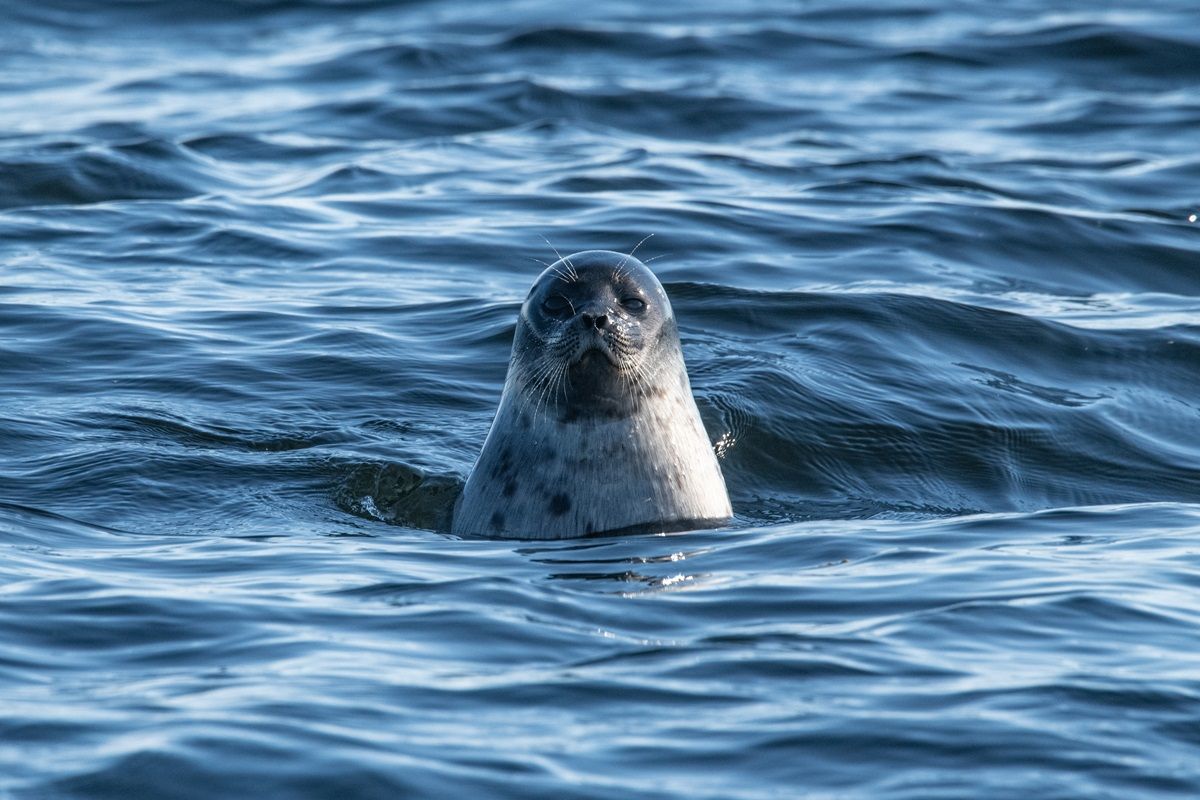D:It's time to go again to the A Moment of Science mailbag. A listener writes in . . .
Dear A Moment of Science:
I've heard that global warming and melting ice and snow in the Arctic is killing off polar bears by shrinking their habitat. Are other arctic animals suffering, too?
Y:Great questions. And the answer is a definite yes. In fact, another animal directly affected by Arctic warming is one that polar bears rely on for food: the ringed seal.
D:Like polar bears, ringed seals live on the snow. Actually, they live in the snow . . .
Y:What Don means is that the ringed seals burrow into the snow and dig out caves where they give birth and raise their young. The caves keep the pups warm and hide them from polar bears and other predators.
D:But because Arctic snow has been melting sooner and sooner, seal caves often collapse and make the pups easy prey for polar bears, foxes, and ravens. And if they don't get eaten, exposed pups can freeze to death once the snow cave melts away.
Y:It's hard to say how many ringed seals there are, since they mostly live underwater and under the snow. But they are the most common seal in the arctic, so there's no immediate danger of the species becoming extinct.
D:But they affect the Arctic food chain, right?
Y:Right. Polar bears eat ringed seals, so if baby seals keep dying off, eventually there will be a decline in the seal population. Which means that polar bears won't have as much to eat. And Inuit peoples depend on ringed seals, too.
D:So in the Arctic, everything is connected . . .
Y:And global warming affects everything.










